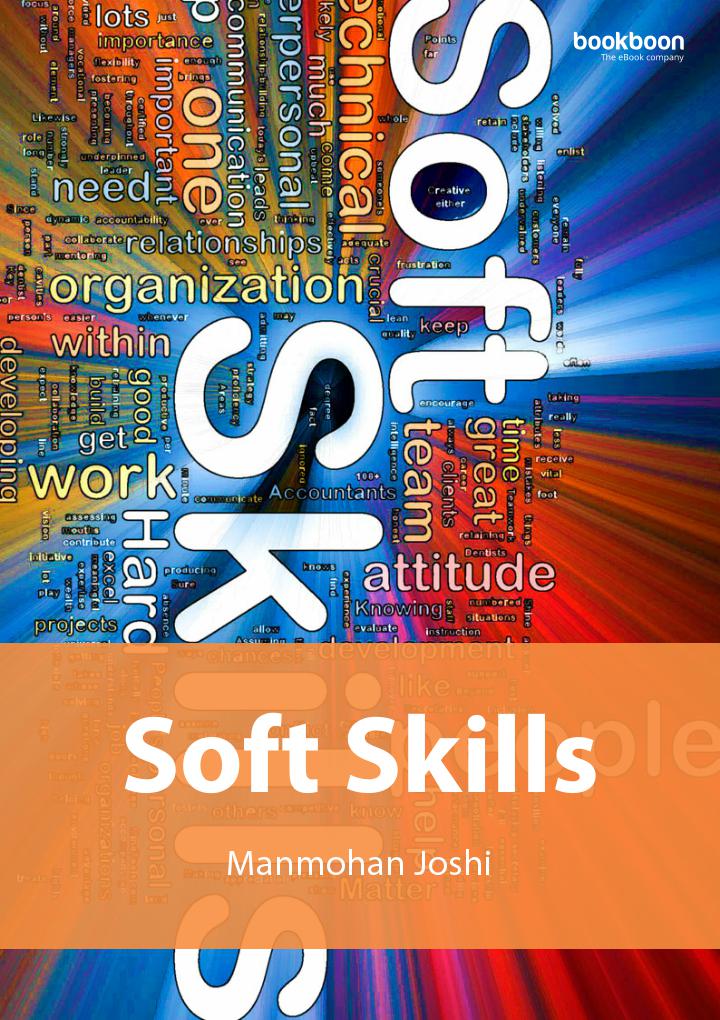How to bridge the generation gap in the workplace

Much has been written about millennials in the workplace and the generation gap that exists in organisations between those that have grown up with digital technologies and those that haven’t.
Not all businesses struggle with the differences in mindsets and capabilities of the different generations but in some workplaces this leads to friction, miscommunications and inefficiencies in general.
So what’s the best way to tackle this problem?
Soft skills versus hard skills
Many organisations try to bridge the gap by providing technical training on new technologies to the older generations. Although this is a step in the right direction, it is hardly sufficient.
People that have grown up with the capabilities and possibilities of new technology will think differently, plan differently and act differently than those who haven’t. So a gap will still exist.
The key lies in making sure all employees – young and old – have the right tools to deal with differences in thinking and differences in approaching new things. In other words, everyone needs to brush up on their soft skills.
Communication and empathy are key
Most misunderstandings and friction come from the assumption that the other party thinks the same way you do and understands your line of reasoning.
Ensure all of your employees have strong communication skills and you will minimise misunderstandings, leading to a more productive work environment.
At the basis of good communication also lies the ability to empathise with others, the ability to anticipate what others might be thinking, what they know and don’t know
Conflict management for when it’s too late
When conflicts have already arisen, your employees need to be able to deal with this in an effective way. Strong conflict management competences will make sure conflict stays contained both in time and impact.
Leadership to lead the way
Where the generation gap often becomes most clear is between older managers and younger team members.
This can lead to disengagement and high staff turnover. You can avoid a lot of disgruntlement by training your manager and team leaders in their people and team management skills, creating a more coherent organisation.
Soft skills needed through the entire organisation
What’s clear is that soft skills training shouldn’t be reserved to just the few. When every single person at every single level within the business has the knowledge and skills to work with people with different attitudes, mindsets and working methods, you create an organisation with a solid foundation, ready to take on any challenges it may face.
Thomas Buus Madsen is the COO and co-founder of Bookboon, the world’s largest e-book publisher for employee effectiveness and soft skills. By making its platform incredibly easy to use and only publishing industry-leading experts, Bookboon boasts some of the highest usage rates in the digital learning sector.




